The great grey wolf, often celebrated and feared, represents both the wild’s untamed spirit and nature’s intricate web of life. Roaming through North America’s vast wilderness, this majestic animal symbolizes strength, resilience, and survival. In this article, we delve into the fascinating world of the grey wolf, uncovering its biology, behavior, and the role it plays in the ecosystem. Join us as we explore the life of this legendary predator.
Origin and Evolution of the Grey Wolf

The grey wolf, also known as Canis lupus, traces its lineage back thousands of years. Emerging from Eurasia, these wolves migrated across the Bering land bridge into North America during the Pleistocene epoch. Over millennia, they adapted to a variety of environments, from forests and tundra to mountains and grasslands, showcasing their incredible evolutionary flexibility.
Physical Characteristics
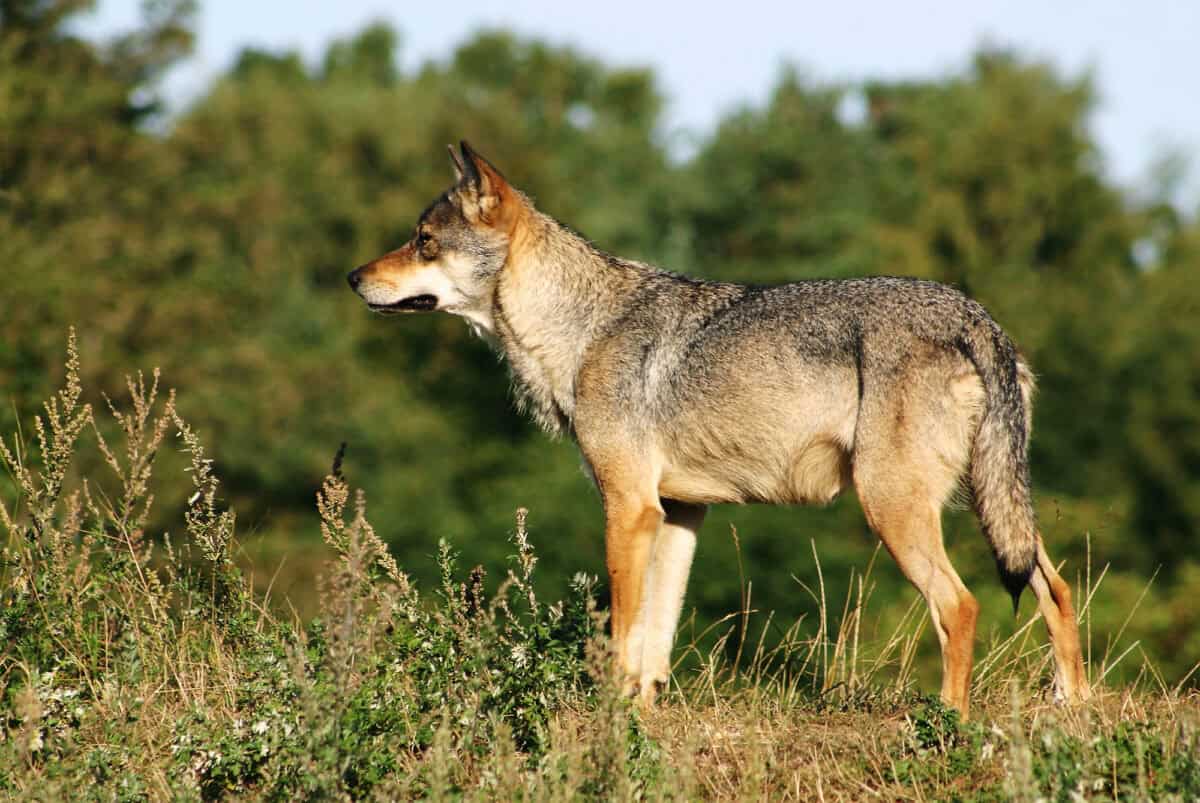
Sporting a thick, multi-layered coat that provides insulation against harsh climates, the grey wolf’s appearance is both striking and functional. Wolves have a diverse color palette ranging from pure white to black, with grey being the most common. Male wolves tend to be larger than females, averaging 90-110 pounds, although this can vary significantly by region.
Social Structure and Pack Dynamics
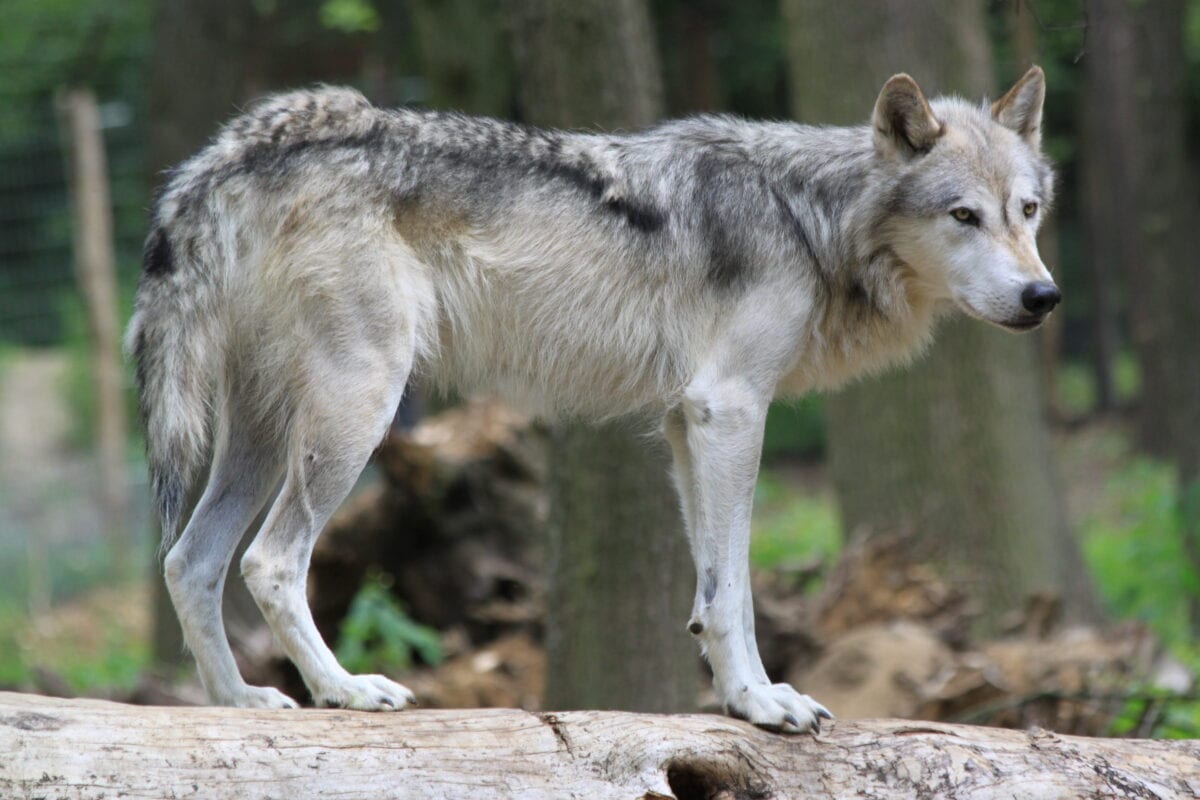
Grey wolves are renowned for their social structure, living in family units known as packs. A pack typically consists of an alpha male and female, their offspring, and sometimes other unrelated wolves. This hierarchical system ensures collaboration in hunting, raising young, and defending territory, embodying a sophisticated form of communal living.
Communication and Language

Wolves possess a complex language that includes vocalizations, body language, and scent marking. Howls are used to communicate across distances, signal pack cohesion, and warn rival packs. Body language and facial expressions convey nuanced messages, reinforcing social bonds and pack hierarchy.
Hunting Strategies and Diet
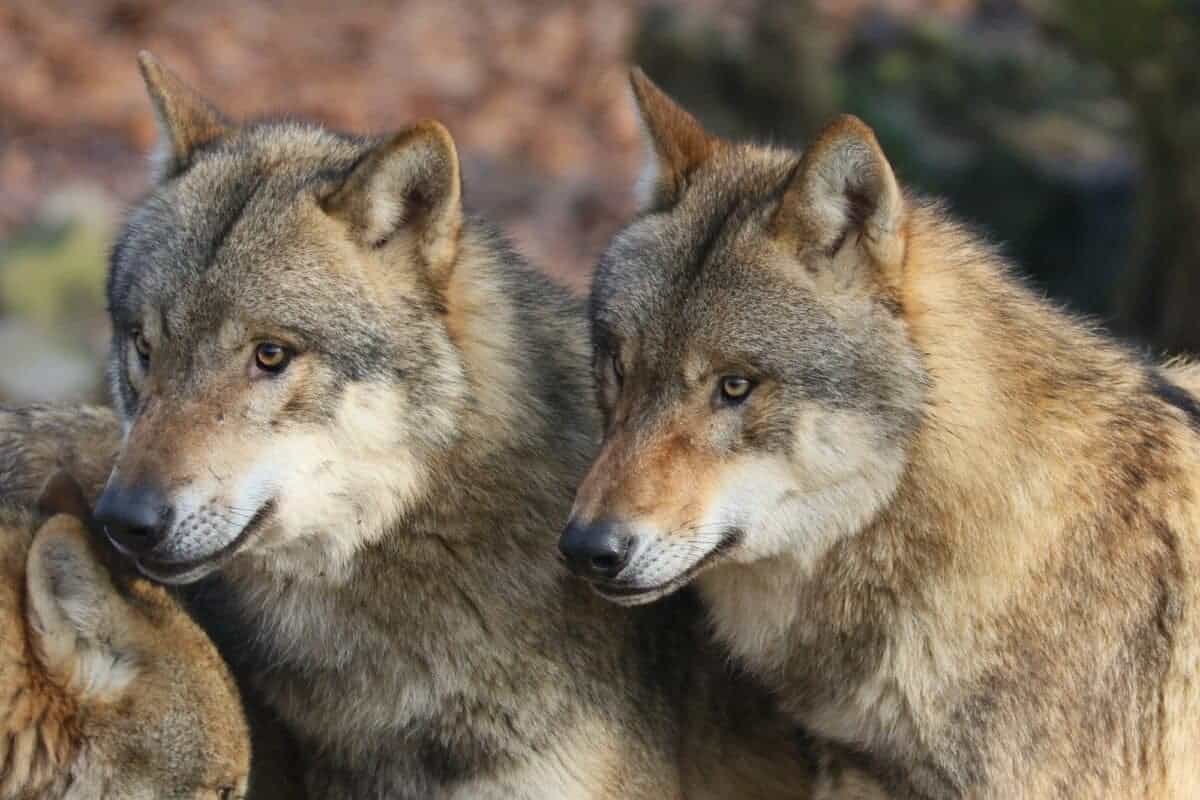
As apex predators, grey wolves are strategic hunters, preying primarily on ungulates like deer, elk, and moose. They employ cooperative hunting techniques that involve stealth, teamwork, and perseverance. Wolves can travel great distances to pursue prey, often enduring long chases to tire their targets.
Reproduction and Parenting
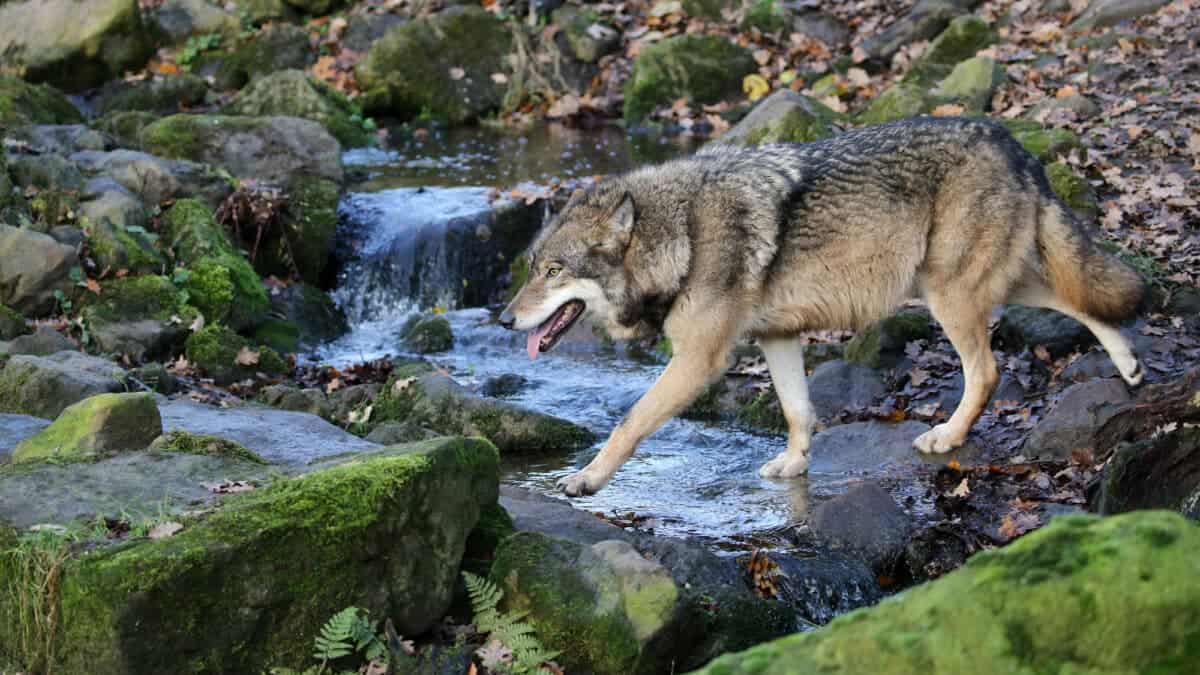
Breeding season for wolves occurs in late winter, resulting in litters born in early spring. Typically, the alpha pair are the sole breeders within a pack, with both parents and older offspring contributing to the upbringing of pups. This cooperative breeding ensures high survival rates for the young, emphasizing the importance of pack unity.
Ecological Role of Grey Wolves
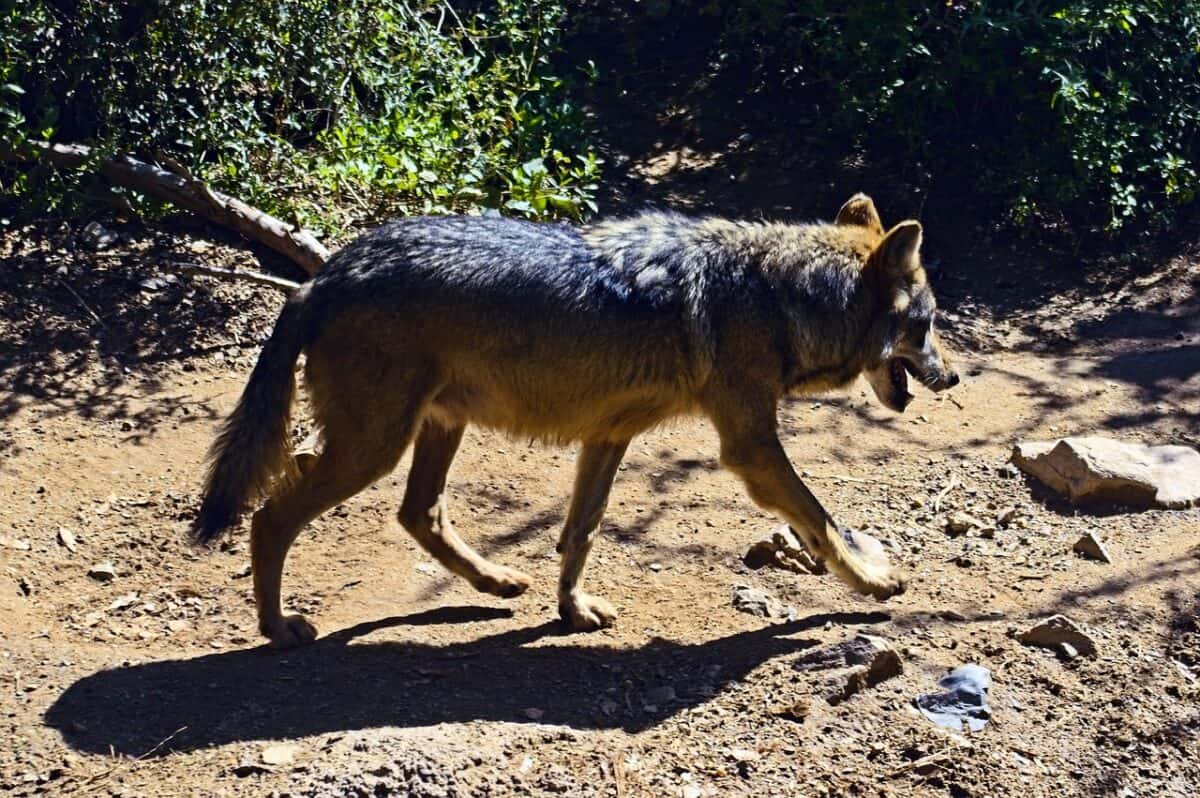
Wolves play a critical role in maintaining ecosystem balance by regulating prey populations and influencing the behavior of other species. Their presence can promote biodiversity and contribute to the health of natural landscapes, a dynamic known as a trophic cascade. The reintroduction of wolves can create ripple effects, revitalizing entire ecosystems.
Threats and Conservation Efforts
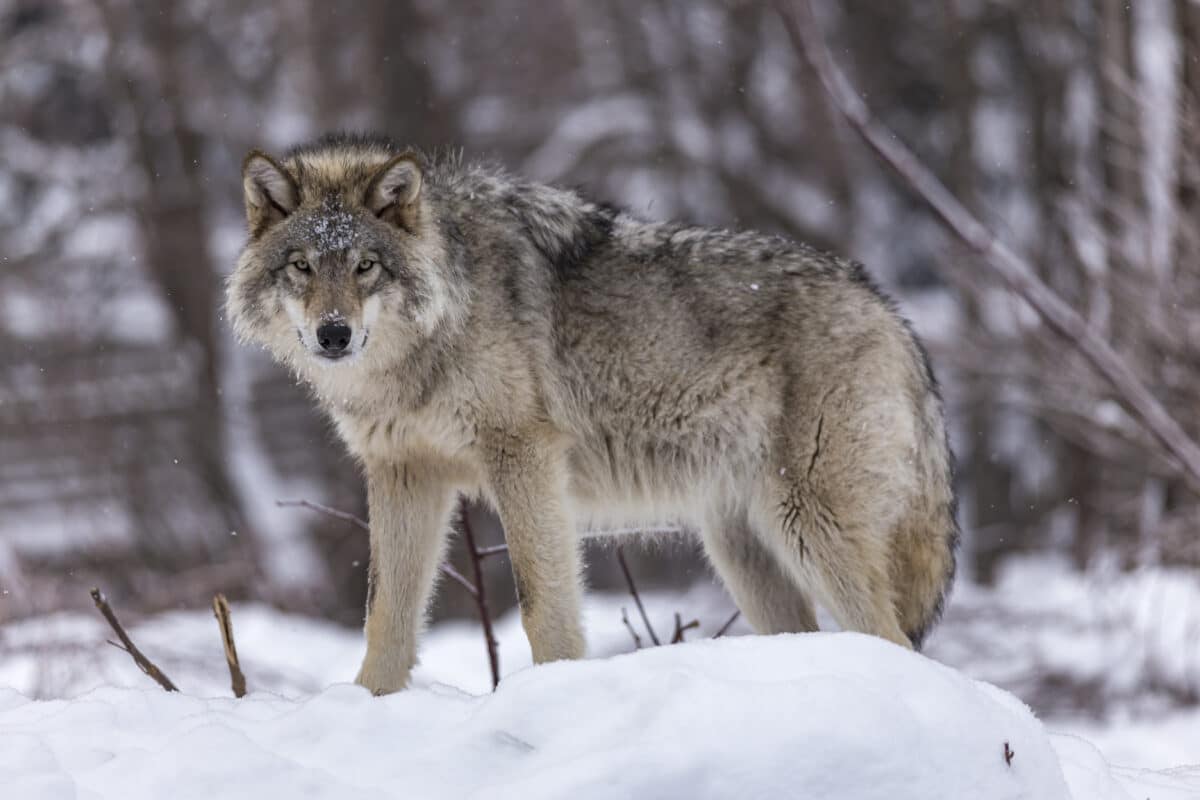
Despite their importance, grey wolves face numerous threats, including habitat loss, conflicts with humans, and climate change. Conservation efforts focus on protecting habitats, fostering coexistence initiatives, and maintaining genetic diversity. Policies and advocacy have helped stabilize some populations, though challenges remain.
Cultural Significance
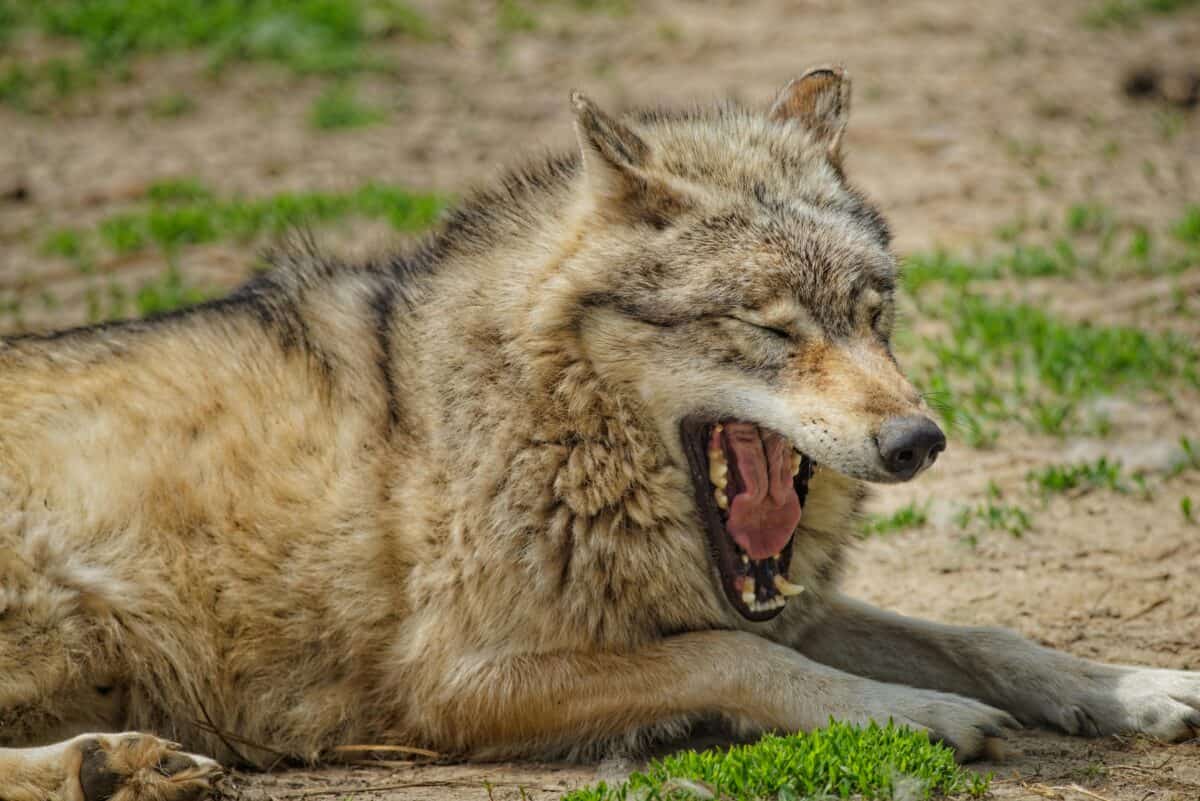
Grey wolves hold a prominent place in the cultures and folklore of various indigenous communities and societies. They are symbols of strength, loyalty, and wilderness, often appearing in myths and legends as both revered and feared creatures. Wolves have also inspired works of art, literature, and film, highlighting their profound cultural impact.
Interaction with Humans

The relationship between wolves and humans is complex and historically fraught with conflict. While wolves are often perceived as threats to livestock, many programs now encourage non-lethal solutions and compensation schemes to mitigate losses. Educational campaigns and ecotourism contribute to a growing appreciation and understanding of these remarkable animals.
The Future of Grey Wolves
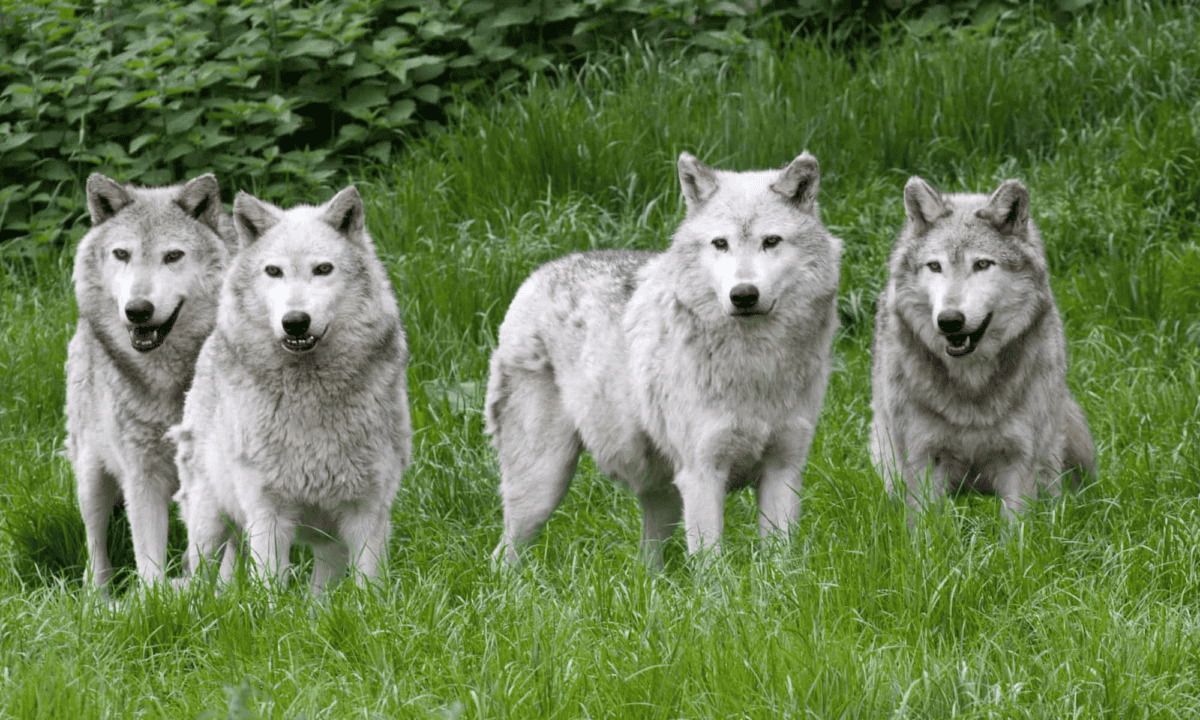
The grey wolf’s future depends on a combination of conservation efforts, scientific research, and public perception. Protecting their habitats and fostering coexistence with human populations are key to ensuring their continued presence in North America. Ongoing research aims to deepen our understanding of their ecological role and adaptability in a rapidly changing world.
Conclusion: Embracing the Call of the Wild

The great grey wolf embodies the wild’s untamed spirit, reminding us of nature’s intricate balance and the responsibility we hold as stewards of the environment. Their survival is a testament to resilience and adaptability, offering valuable lessons in harmony with nature. By safeguarding these legendary predators, we preserve a vital piece of our natural heritage for generations to come.
- The Most Powerful Hurricane to Ever Hit US Shores - August 9, 2025
- 10 Animals That Use Bizarre Survival Tactics - August 9, 2025
- The Most Beautiful Bird Migration Routes Across the US - August 9, 2025
